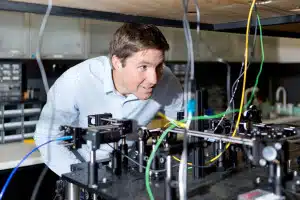
Fluorescent materials, made of things like minute diamond and ruby particles, are being developed by Melbourne researchers to help us see inside the living body.
Dr Philipp Reineck is exploring how these materials can help to us visualise what is happening inside living organisms using new fluorescent nanomaterials in his work at RMIT University and the ARC Centre of Excellence for Nanoscale BioPhotonics.
Philipp hopes to develop this technology into a simple blood test to diagnose heart disease much earlier than we can now.
“It’s hard to diagnose heart disease at an early stage,” says Philipp. “We envisage this technology to be used like a simple blood sugar test, thus improving our ability to monitor and treat heart disease.”
Philipp is also developing this technology to quantitatively measure pain and embryo development.
“These nanomaterials are more than 1,000 times smaller than the diameter of your hair,” explains Philipp Reineck. “By shining a light on these tiny fluorescent materials, we can see very specifically what is happening inside the human body at the level of individual cells and even individual molecules.”
Philipp resented his research at Fresh Science Victoria 2015.
Fresh Science is a national program that helps early-career researchers find and share their stories of discovery. Over 30 early-career researchers nominated for Fresh Science Victoria, which was held at Scienceworks (training), Melbourne Museum (schools forum).
Fresh Science Victoria the Kelvin Club (public event) and was supported by Museums Victoria, Bio-Medical Research Victoria and the Office of the Victorian Lead Scientist.
Contact: Philipp Reineck, RMIT University and Australian Research Council Centre of Excellence for Nanoscale BioPhotonics, philipp.reineck@rmit.edu.au
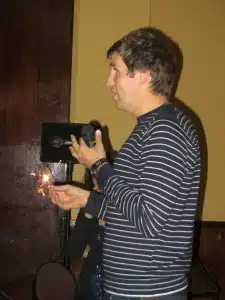
Bright spark: Philipp presenting at the Fresh Science pub event


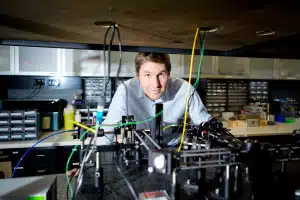
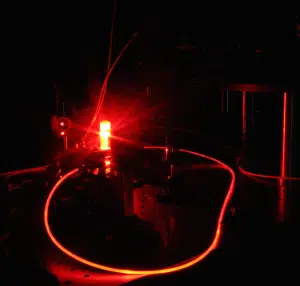
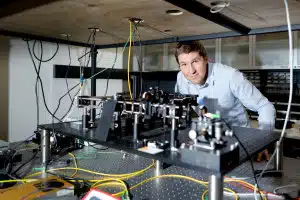
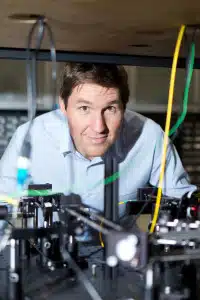



 Fresh Science is on hold for 2022. We will be back in 2023.
Fresh Science is on hold for 2022. We will be back in 2023.